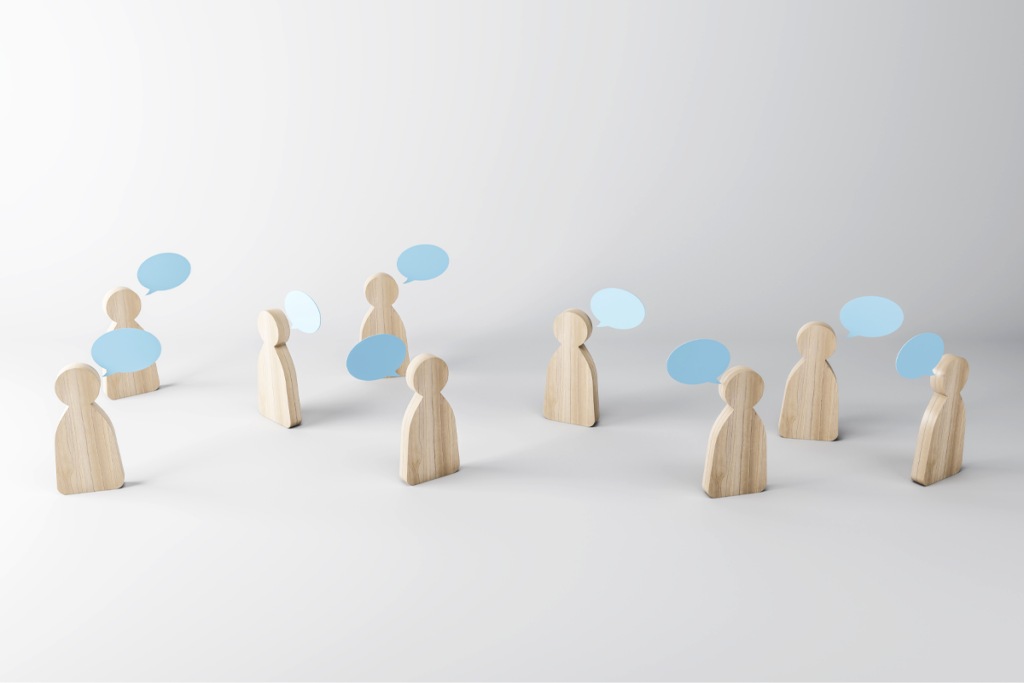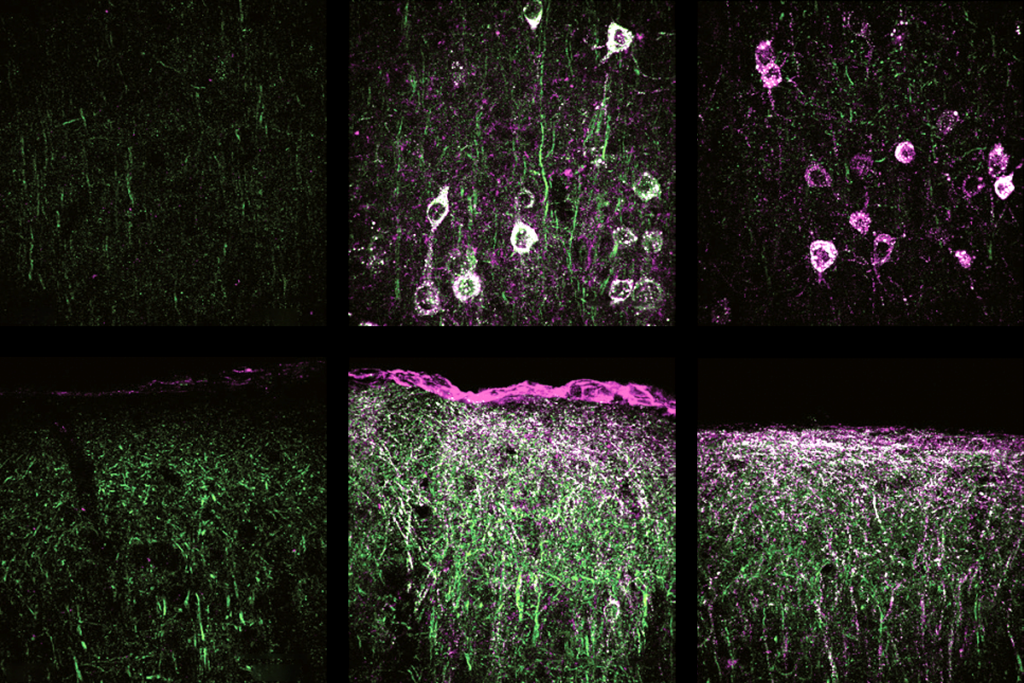Dup15q 2013
Recent articles
Duplication of chromosome 15 region mirrors autism
People with autism and those with duplications of the 15q11-13 chromosomal region share a distinctive pattern of gene expression in the brain, according to unpublished research presented Friday at the Dup15q Alliance Scientific Meeting in Sacramento, California.

Duplication of chromosome 15 region mirrors autism
People with autism and those with duplications of the 15q11-13 chromosomal region share a distinctive pattern of gene expression in the brain, according to unpublished research presented Friday at the Dup15q Alliance Scientific Meeting in Sacramento, California.
Gene expression in neurons may not match number of copies
Neurons derived from individuals who carry extra copies of an autism-linked chromosomal region have gene expression patterns that are unexpectedly similar to those of neurons with deletions of the region. The unpublished findings were presented Thursday at the Dup15q Alliance Scientific Meeting in Sacramento, California.

Gene expression in neurons may not match number of copies
Neurons derived from individuals who carry extra copies of an autism-linked chromosomal region have gene expression patterns that are unexpectedly similar to those of neurons with deletions of the region. The unpublished findings were presented Thursday at the Dup15q Alliance Scientific Meeting in Sacramento, California.
Mouse model hints at autism gene’s role in nucleus
Mice that express elevated levels of an autism-linked gene in the nucleus of neurons show social and communication problems, according to unpublished research presented Thursday at the Dup15q Alliance Scientific Meeting in Sacramento, California.

Mouse model hints at autism gene’s role in nucleus
Mice that express elevated levels of an autism-linked gene in the nucleus of neurons show social and communication problems, according to unpublished research presented Thursday at the Dup15q Alliance Scientific Meeting in Sacramento, California.
Explore more from The Transmitter
Autism scientists push back on CDC’s inaccurate vaccine claims
The CDC website now falsely suggests that autism-vaccine research is still an open question, prompting distrust among researchers—some of whom anticipate “more unreliable statements coming from the junta that took over” the agency.

Autism scientists push back on CDC’s inaccurate vaccine claims
The CDC website now falsely suggests that autism-vaccine research is still an open question, prompting distrust among researchers—some of whom anticipate “more unreliable statements coming from the junta that took over” the agency.
Gene replacement therapy normalizes some traits in SYNGAP1 model mice
The first published virus-based gene therapy for SYNGAP1 deletion yields benefits despite the gene’s long length and complexity.

Gene replacement therapy normalizes some traits in SYNGAP1 model mice
The first published virus-based gene therapy for SYNGAP1 deletion yields benefits despite the gene’s long length and complexity.
Does AI understand what it produces? Henk de Regt explores how we might assess understanding in machines and humans
Building on his philosophy of how scientists understand what they work on, de Regt is extending his approach to test understanding in machines.
Does AI understand what it produces? Henk de Regt explores how we might assess understanding in machines and humans
Building on his philosophy of how scientists understand what they work on, de Regt is extending his approach to test understanding in machines.